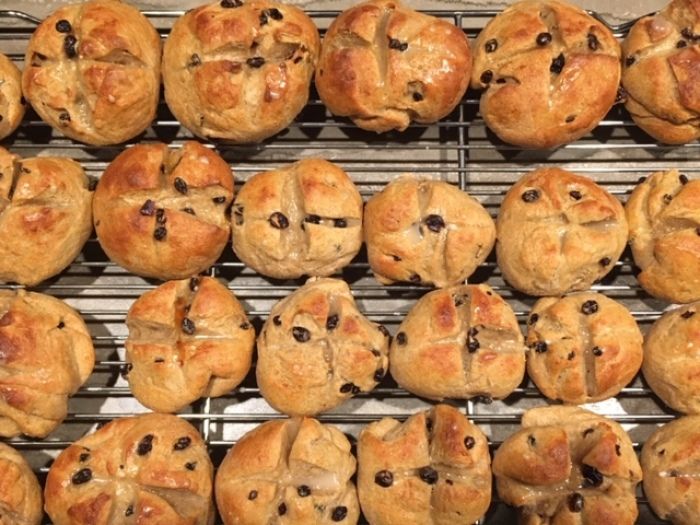
Today I got a hankering for hot cross buns, which I have not made in quite awhile–it is that time of year that we see them for sale. Well, the recipe I use is an old one, from my first book Cooking with Herbs co-authored with Carolyn Dille. The ingredient that makes these buns unique is fresh bay leaves. Really, you will have to try them; I have made a few updates in the recipe which you can read below.
My bay trees are just about ready to be moved outdoors. Since they are tender perennial plants, they have spent the winter in the greenhouse. In my Maryland zone 7 garden, I grow them in pots and move them out in the spring after danger of frost is past and bring them in in the fall before it freezes.
Most people use bay in savory dishes like soups and stews and beans and I do too. However, if you take a fresh bay leaf, and rub your thumbnail down the vein on the underside of a leaf and inhale, you will be amazed at the aroma. Yes, there is a hint of balsam and there is big spice to the nose like allspice or clove, which is followed by citrus and finally a flowerly note suggestive of vanilla. I love using fresh bay in desserts from rice pudding to chocolate pudding, syrups, cakes, and sweet breads. Try it–I guarantee that you will like it!
Bay Hot Cross Buns
This recipe first appeared in Gourmet Magazine in 1980, then Cooking with Herbs by Susan Belsinger and Carolyn Dille, Van Nostrand Reinhold, 1981. Though hot cross buns are a traditional Easter and Lenten bread, these handsome buns are so good we make them several times a year.
We have found that all yeast breads except batter breads benefit by an overnight rise in the refrigerator. The slow rise allows the yeast to interact well with the gluten protein in flour, which produces an evenly-spaced structure and a light crumb. Breads like these buns or brioche, enriched with butter, eggs, and milk, also have the time to let the yeast/protein interactions occur completely in all of the dough mass, which lightens the baked bread. I made them today and let them rise for about 2 hours and they came out just fine and rose well. If you like a wheatier flavor, substitute up to 4 cups of whole wheat flour for white flour, or try substituting a cup of almond or coconut flour. Also, I like to soak the currants in dark rum.
Makes about 36 buns
1 cup milk
3 large bay leaves, preferably fresh
1/4 cup light honey
1/2 cup unsalted butter, melted
2/3 cup currants
2 1/2 cups warm water
2 tablespoons active dry yeast
About 8 cups unbleached white flour
2 large eggs
1 teaspoon salt
1/2 cup water
1 egg white
Scald the milk with 3 of the bay leaves. Remove it from the heat and dissolve the honey in it. Soak the currants in 2 cups of the warm water for 15 minutes, then drain and squeeze the excess water from them. Discard the soaking water.
Dissolve the yeast in the remaining 1/2 cup warm water. Sift 8 cups of flour into a large bowl. Beat the eggs lightly and add them, along with the salt and 1/2 cup water, to the milk and honey.
When the yeast is active, add it to the flour along with the milk mixture, melted butter, and currants. Stir the liquid with a wooden spoon to incorporate about half of the flour. Remove the dough to a smooth surface and knead in the rest of the flour. Knead for about 5 minutes after the flour has been incorporated. The dough should be smooth and soft but not sticky. Knead in more flour if necessary.
Place the dough in a lightly oiled bowl and cover tightly with plastic wrap. Let the dough rise in the refrigerator overnight, or for up to 24 hours. Or let the dough rise in a warm place until doubled in size, 1 to 2 hours.
Punch the dough down and divide it in half. Remove the bay leaves as you come across them. Roll each portion into a long cylinder about 3 inches in diameter. Cut the cylinders into 1-inch slices and roll each slice into a ball. Place the balls on lightly buttered baking sheets. Cover the balls with a tea towel and let them rise in a warm place until almost doubled in size. Preheat the oven to 375 º F.
Slash the top of each bun in a cross-shape with a sharp knife. Beat the egg white until frothy and brush each bun lightly with it.
Bake the buns for 15 to 20 minutes, until they are a rich golden brown. Remove the buns from the oven and let them cool to room temperature. Drizzle them with Simple Icing along the slash marks if desired.
Simple Icing
If the icing is too thin add a bit more sugar; if it is too thick add a little more lemon juice. Sometimes I use lime instead of lemon juice. Or add just a tad of pure vanilla extract.
Makes about 1/2 cup of icing
1 tablespoon lemon juice
1 tablespoon water
1 cup confectioners’ sugar
Combine all ingredients in a bowl and whisk until smooth. If it seems very thin, add a bit more sugar. It’s a good idea (less clean-up) to put a sheet of wax paper under the baking rack before drizzling with icing. Drizzle the icing over the cooled Bay Hot Cross Buns, or other sweet rolls, or cookies.
Fine Gardening Recommended Products

Fort Vee - Organic Potting Soil Mix
Fine Gardening receives a commission for items purchased through links on this site, including Amazon Associates and other affiliate advertising programs.
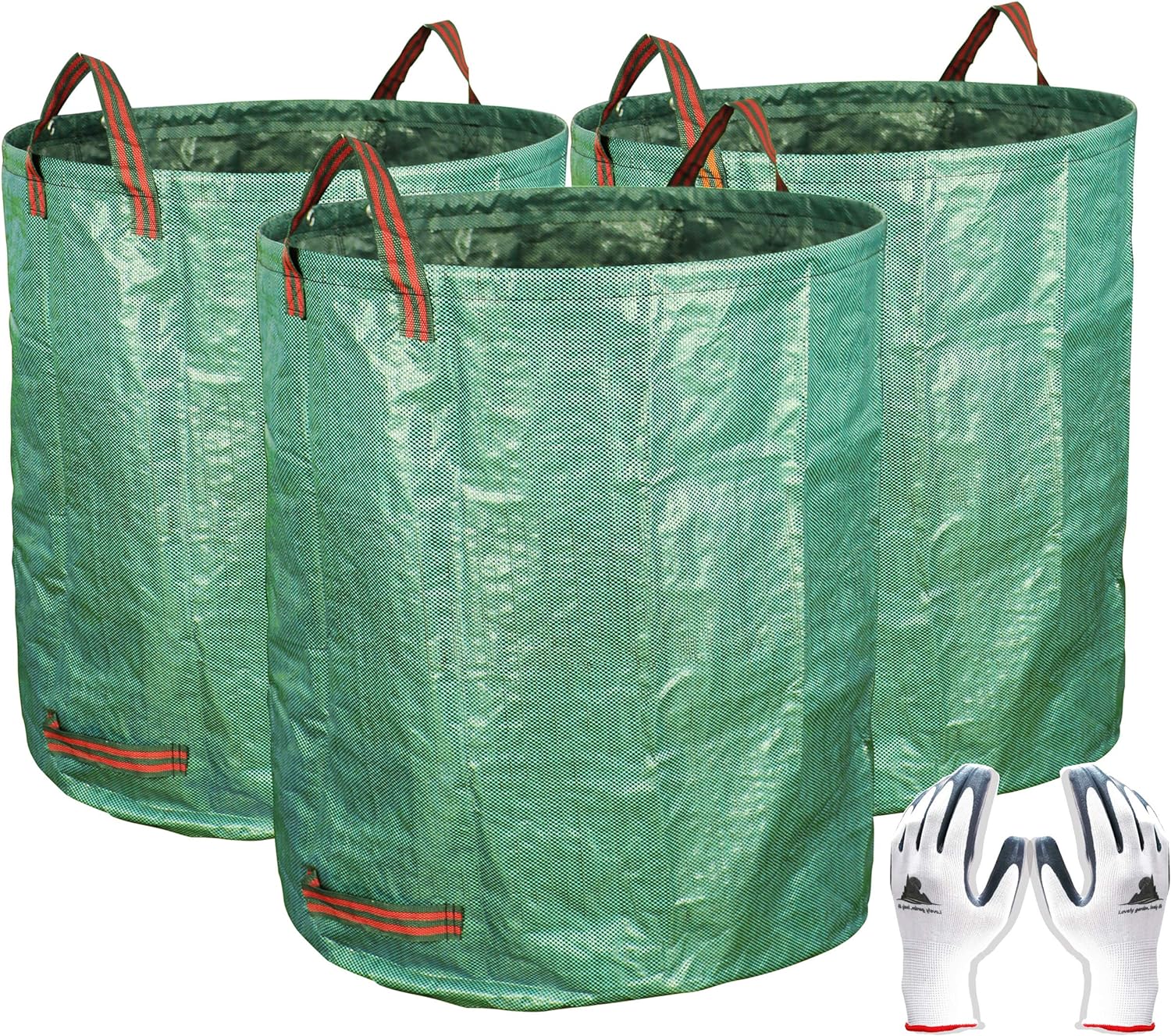
Gardzen 3-Pack 72 Gallons Garden Bag
Fine Gardening receives a commission for items purchased through links on this site, including Amazon Associates and other affiliate advertising programs.

The New Organic Grower, 3rd Edition: A Master's Manual of Tools and Techniques for the Home and Market Gardener, 30th Anniversary Edition
Fine Gardening receives a commission for items purchased through links on this site, including Amazon Associates and other affiliate advertising programs.



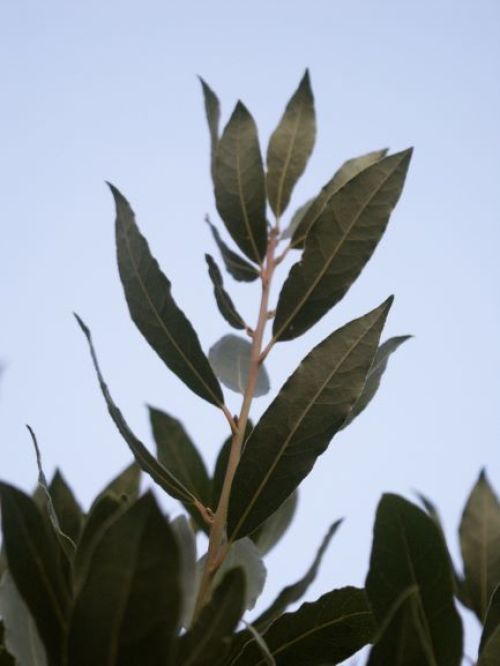
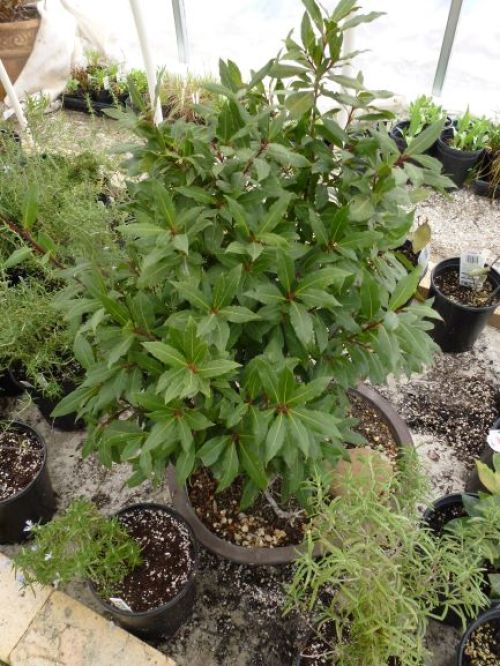
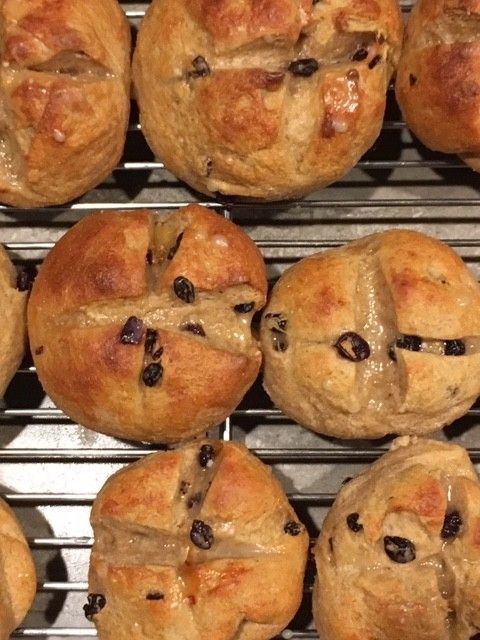

















Comments
Log in or create an account to post a comment.
Sign up Log in